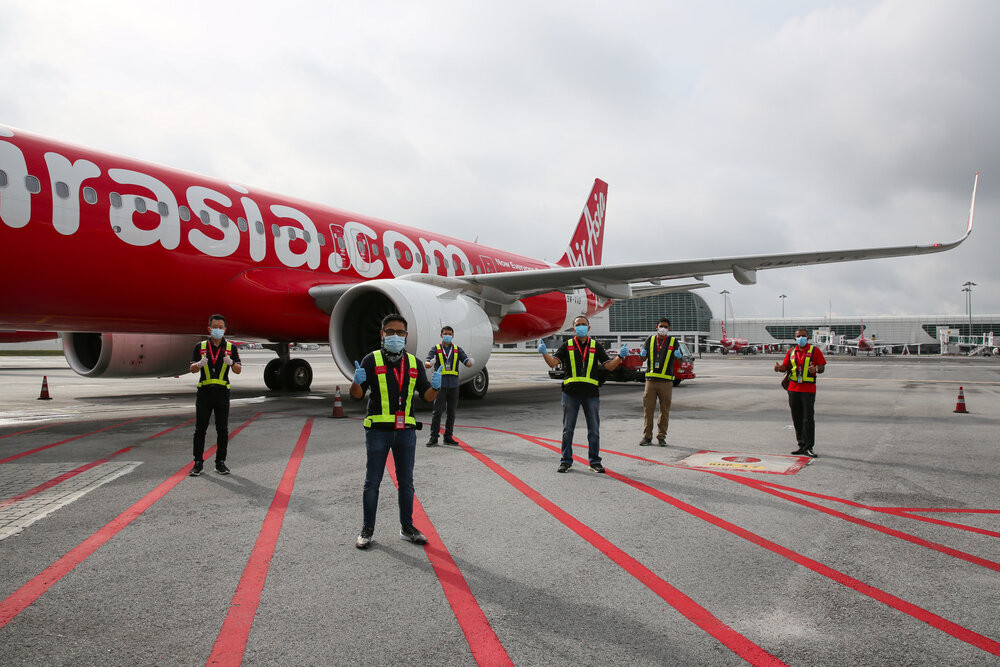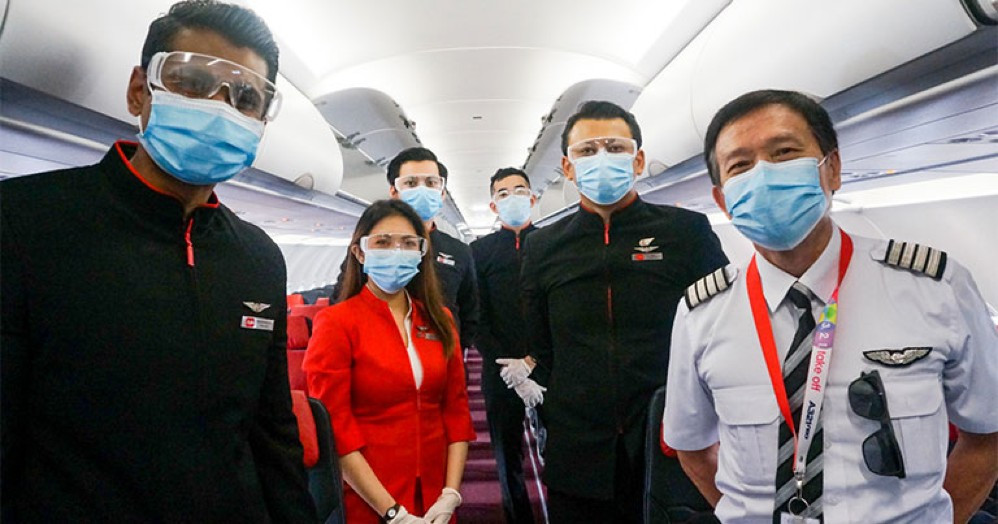

How AirAsia Plans to Combat COVID-19
Sunday 3rd of May 2020
How AirAsia Plans to Combat COVID-19
After resuming domestic flight operations in Malaysia on 29th April, AirAsia will conduct flights to key domestic routes. Once the situation improves and travel restrictions are lifted, AirAsia will gradually include international destinations around the region. Ensuring strict health controls and social distancing protocols remain in place, the airline resumed its operations as an attempt for longevity.

According to the Executive Chairman of AirAsia Group Kamarudin Meranun, flexibility remains the key to the airline’s business model. The airline’s decision to sell and lease its aircraft in 2018 provided them with greater flexibility to scale back growth. This has eliminated the residual risk of owning aircraft, and helped the airline in managing and reducing cost today, making AirAsia one of the best low-cost airlines in the world.
Management and senior employees of AirAsia Group have voluntarily sacrificed their salaries to further reduce cost. “We hope to continue to sustain the 1.3 million jobs and counting in the sector in the region, directly and indirectly, and double our economic contribution to ASEAN’s GDP from US$15.3 billion in 2018 to US$35 billion in 2030.”
Further in their future plans, AirAsia will continue diversification of the airline’s revenue base with a diligent and market-friendly approach to expand their digital and ancillary businesses. The digital and ancillary businesses include Santan, Teleport and BigPay. “We expect all these initiatives to result in at least a 30% cost reduction year-over-year in 2020.”